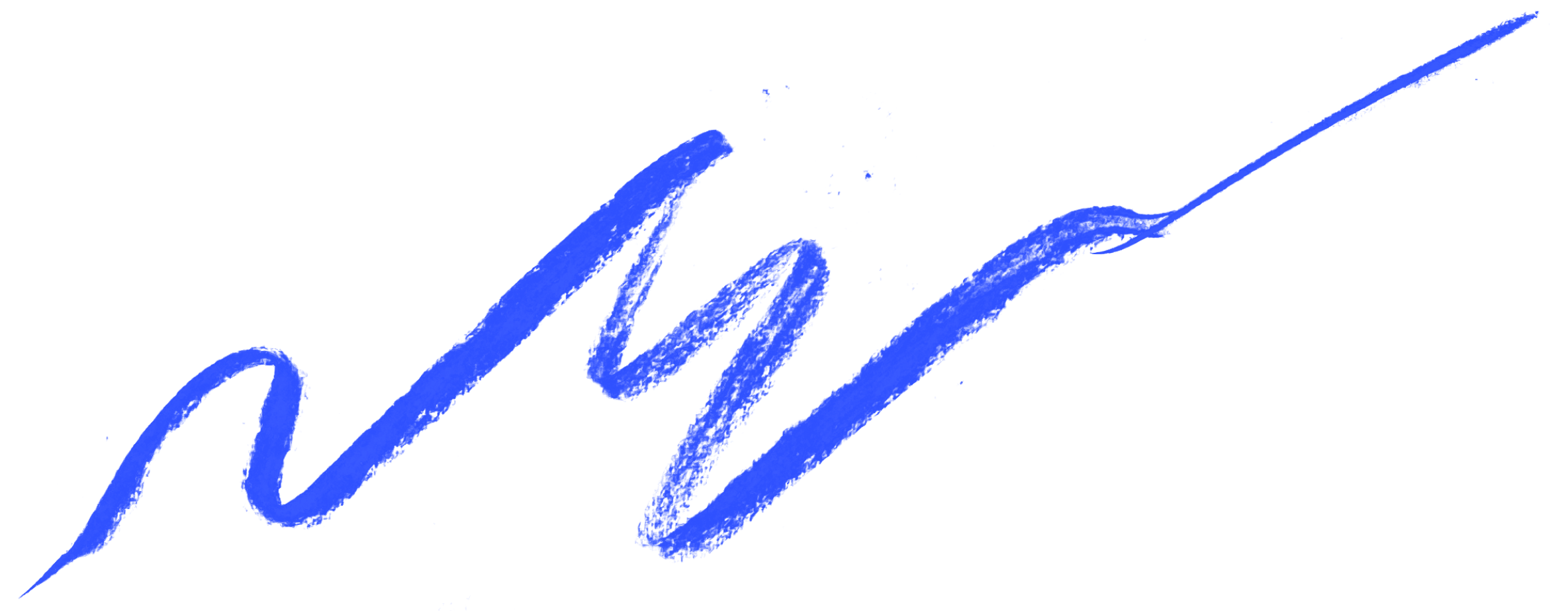Brand Identity Crisis

TLDR: Stop expecting media logos to say absolutely everything about your production. Your logo isn’t your brand identity. How to take a step back and make a better product in the process.
""
When was the last time you told someone close to you something they
didn’t want to hear? Like they have bad breath, that their partner hit
on you or that they drink too much. Well that’s as nothing compared to
telling a creative team that the work-in-progress logo they’ve grown to
love doesn’t work and they need to let it go the way you let go of a
favourite cashmere top you shrank in the wash.
This is the situation my team faced, stood in front of a well known production company, pitching our hearts out to win a brand extension brief. The client loved their place-holder logo. It’s replacement wasn’t part of the brief but to be authentic, to really get to the heart of their objectives, we had to lean into courageous honesty*.
Developing for a brand with intangible assets like, say, the production company itself, is easier in some ways as you have a cleaner slate creatively speaking and the client is far less likely to have starting points they are emotionally attached too. With media properties the opposite it true. Media, and in particular family fiction, comes with a lot of assets to build on. Even in the early stages of pre-production there’s character, narrative structure, tone and concept design. There’s a huge amount of tradition, culture and precedent. Against this backdrop we’re working with globally respected creative individuals working under financial pressure and against the clock.
It’s no wonder then that a lot of pent up creative anxiety gets focused on THE LOGO. A media logo has to be launched a year ahead of production to allow time for pitch bibles, title sequences, sales decks and previews. The people with ultimate sign-off on the logo are the show runners. These are people that have lived with this show in their heads for years. There is no-one on the planet that has lived and breathed this fictional world more than them. It is, and a more perfect phrase is impossible to find, very much their baby.
Be My Baby
Stepping into this requires a very high degree of both emotional intelligence and respect for a pressurised, specialist creative process. But equally, aligning talented professionals behind one premise and one objective requires leadership.
The Premise: A brand identity is NOT a LOGO
A brand identity is the entirety of how the production is presented to it’s audience. It is colour, messaging, characters, stories, sounds and experience. By accepting this premise everyone is freed focus on the objective of branding.
The Objective: The objective of a brand identity is to be instantly recognisable and easily recalled .
Understanding the premise and agreeing the objective brings us finally to the… logo
The Logo
Now we can put the logo in it’s proper place. Here’s what it isn’t. The logo isn’t the single-distillation-of-absolutely-everything-the-show-has-to-offer-to-everyone-that-will-ever-come-across-it-in-every-circumstance-for-ever-and-ever-ahmen.
No. The logo is just one part of the brand identity. It should say something about the show sure but it doesn’t, shouldn’t, mustn’t try and say everything. Instead of trying to do everything ask if can do this;
- Does it enhance the production, working in harmony with it without slavishly trying to be part of the production design?
- Can it work in a wider context like a book spine, social post, t-shirt, bus side, app icon and billboard?
- Is it simple enough to be instantly recognisable when jumbled up against 50 other logos on a streaming service library? Is it? Is it really?
- Does it have the confidence to carry the positive associations of the production without having the characters from the production hanging off it? Imagine Steve Jobs peaking through the Apple logo, giving a cheeky wave, wacca, wacca, wacca, look see? Fun!
- Is it simple enough though?
If nothing else remember this; a media logo does not have to look like it’s been lifted directly from the world of the production. Your baby is brilliant, you can have the confidence to set your logo free. The brand identity is not the logo.
*We won that pitch, developed a complete brand identity, the client became a regular and we all lived happily ever after. The end.
Contribute to our ongoing research by connecting with Oliver Dyer here.






